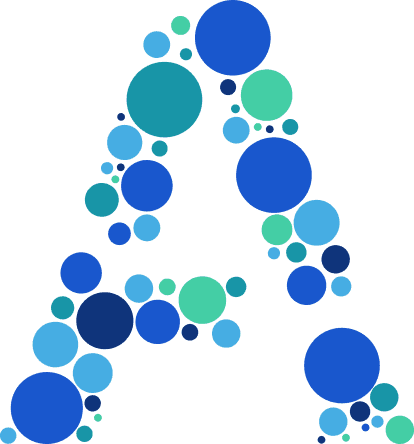The Realities of Human Trafficking vs. Hollywood's Portrayal
Nov 15, 2024
Human trafficking is a grave and pervasive issue that affects millions of people worldwide. While movies often dramatize this crime, the reality is far more complex.
Movies have a powerful way of bringing attention to critical issues, and human trafficking is no exception. Recent films like "Sound of Freedom" (2023) and "City of Dreams" (2024) have attempted to shed light on this dark subject. These movies often focus on dramatic rescues and the heroic efforts of individuals fighting against traffickers. While these narratives are compelling and can raise awareness, they often oversimplify the complexities involved.
"Sound of Freedom" follows the story of a former government agent who embarks on a dangerous mission to rescue children from traffickers. Similarly, "City of Dreams" tells the story of a young boy trafficked across the border and sold into a sweatshop in Los Angeles. While these films highlight the bravery and determination required to combat trafficking, they fail to capture the systemic nature of the problem.
In reality, human trafficking is a multifaceted issue involving forced labor, sexual exploitation, and domestic servitude. According to the International Labour Organization (ILO), there are over 25 million victims of human trafficking globally. This crime affects people of all ages, genders, and backgrounds, often exploiting the most vulnerable populations.
Key Differences Between Movies and Reality:
Scope and Scale: Movies often focus on individual stories, which, while impactful, do not convey the vast scale of human trafficking. The ILO estimates that forced labor alone generates $150 billion in illegal profits annually.
Complex Networks: Trafficking networks are highly organized and operate across borders, making them difficult to dismantle. Films may not always depict the intricate web of criminal organizations involved.
Victim Profiles: While movies might portray victims as predominantly young women and children, trafficking affects a diverse range of individuals, including men and boys. The reality is that anyone can be a victim, regardless of age or gender.
Significance of Data: In real-world scenarios, data is a powerful tool to combat human trafficking. It helps identify victims by uncovering patterns and warning signs of exploitation, enabling timely intervention. Additionally, data provides decision-makers with critical insights to understand and respond swiftly to emerging trafficking trends within their communities.
Rescue and Rehabilitation: The dramatic rescues seen in movies are rare. In reality, the process of identifying victims and championing them in their recovery journey is often difficult and non-linear.
While Hollywood's portrayal of human trafficking is often sensationalized, it serves an important purpose in bringing this issue to the forefront of public consciousness. However, understanding the realities behind the dramatization is essential for a comprehensive approach to combating human trafficking. By supporting awareness campaigns and educating ourselves on the true nature of this crime, we can contribute to the global fight against human trafficking.
Feel free to share this post to help spread awareness and support the fight against human trafficking. Together, we can make a difference.



